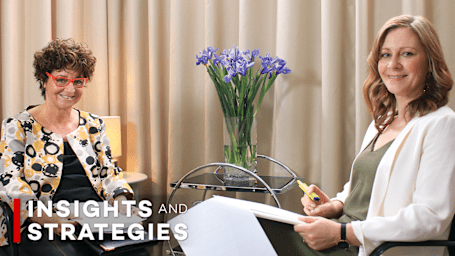
Emotions at Work - Interactive
Research is mounting that emotions in the workplace can be a force for good. Kylie Bell explains how positive emotions can be harnessed. Corporate culture has long stated when you go to work, “leave emotions at home”. Quoting research by Barbara Fredrickson’s Broaden and Build theory, Kylie Bell explains to Eve Ash that this precept is changing: when leaders really tune into the use of emotions, each can be used to overcome conflict and drive inspiration, engagement and higher performance in the workplace. Negative emotions narrow our focus, whereas positive emotions broaden people to a wider sense of possibilities. We become far better thinkers and problem-solvers, says Kylie, when we use the full range of our emotions, especially positive emotions. We also become calmer. These emotions enhance customer experience.
Kylie Bell describes emotions as powerful tools because:
- They improve the office climate
- They reduce conflict
Positive emotions calm down negative emotions (undoing hypothesis) through:
- Soothing physiological response (heart racing)
- Lifting the general workplace mood (saying hello, being friendly)
- Teaching people to listen to each other
- Acknowledging frustrations and blowing off steam
- Constructive ways of sharing problems
70% of buying experience comes down to the way customers feel:
- Emotions are palpable when people arrive in an organization If workers feel elevated and empowered, so too will customers
This interactive course will provide skills and strategies for people to build and develop their communication skills for more challenging situations at work.
This interactive course is one of the Insights and Strategies Series, featuring psychologist Eve Ash interviewing a range of experts and business leaders who share their experiences and practical strategies for achieving best practice.
Learning Outcomes
By the end of this course, learners should be able to:
- Differentiate between negative and positive emotions
- Use positive emotions to “broaden and build” our experience in the workplace
- Apply positive emotions to think through more possibilities and to solve problems
- Use positive emotions to deal with conflicts
- Transform the customer experience by applying positive emotions
- Identify physiological and performance benefits of emotions at work







